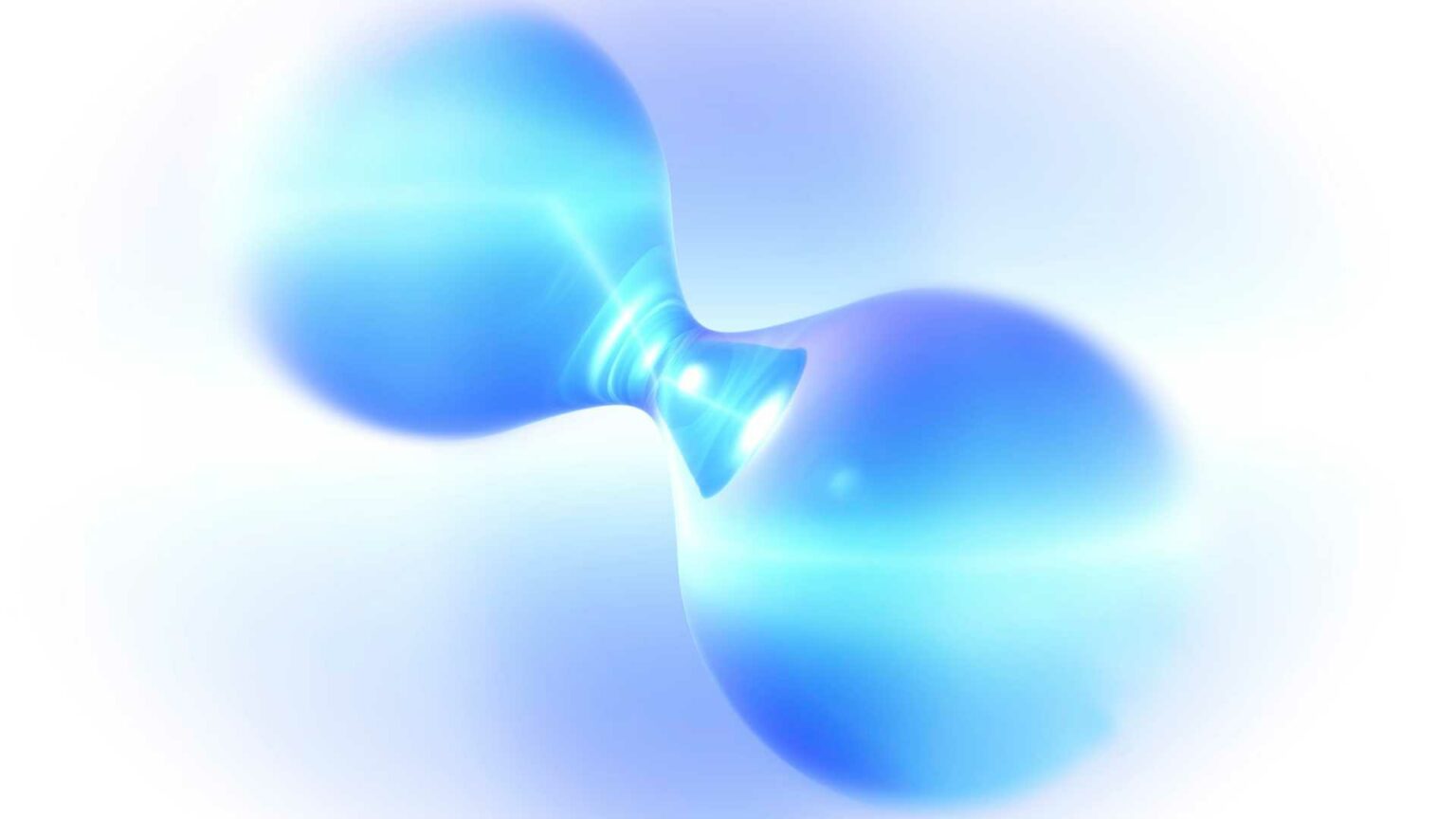The new patent filed by Technip Energies France proposes a groundbreaking approach focused on reducing the energy requirements for ammonia cracking.
The patented process involves several key steps that together propose a lower energy intensity pathway. Initially, a gaseous process flow consisting of ammonia is supplied and preheated. This preheating occurs at a specific preheater positioned upstream of an ammonia cracker. Once preheated, this gaseous flow is directed into the reaction zone of a reactor, which serves as the main site for the ammonia cracking.
At the heart of this innovation is the use of low energy input to crack ammonia. The process ensures that at least part of the ammonia in the feed is cracked within the reaction zone. This reaction produces a hot mixture of hydrogen and nitrogen, which are valuable byproducts for further industrial use.
One of the patent’s most significant advancements is its integration of a recuperative heat transfer system. After the reaction, the hot process mixture passes through an internal recuperative heat exchanger within the cracking reactor. This system recycles heat from the mixture back into the process feed, substantially reducing the net energy requirement for the ammonia cracking.
An integral part of the proposed technology is its heat management strategy. A dedicated combustion zone within the reactor provides the necessary heat duty for both the ammonia cracking and preheating phases. This dual-purpose zone ensures that the overall energy consumption is minimized while maintaining efficient operational conditions.





